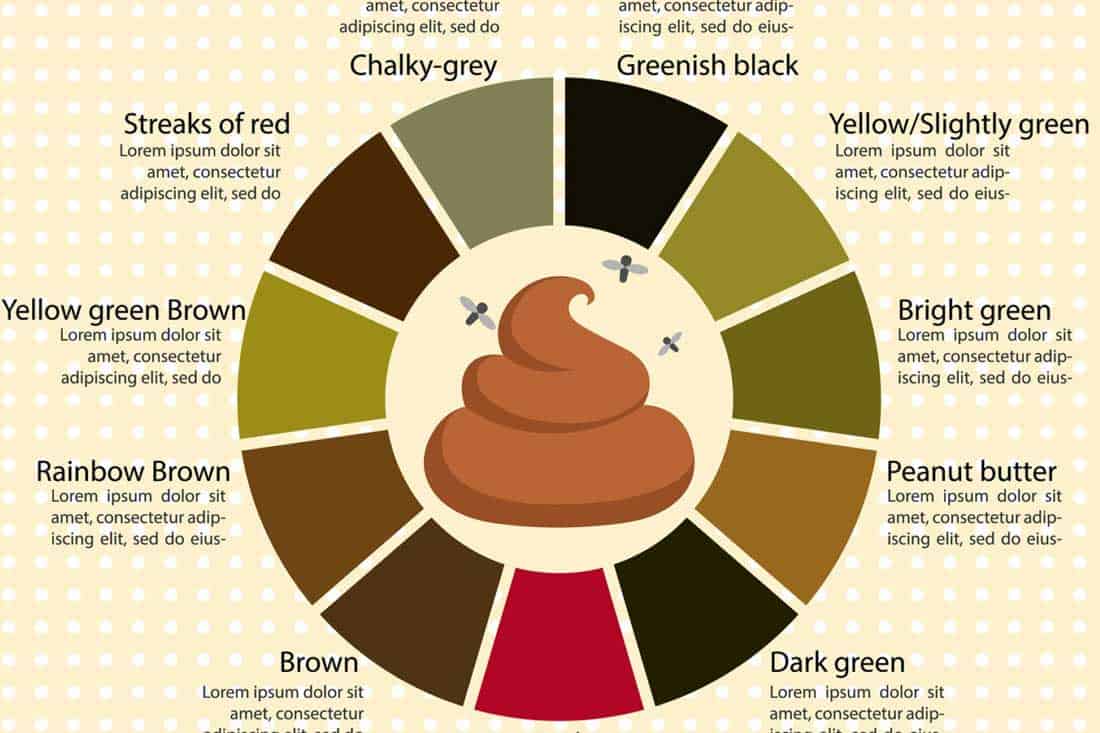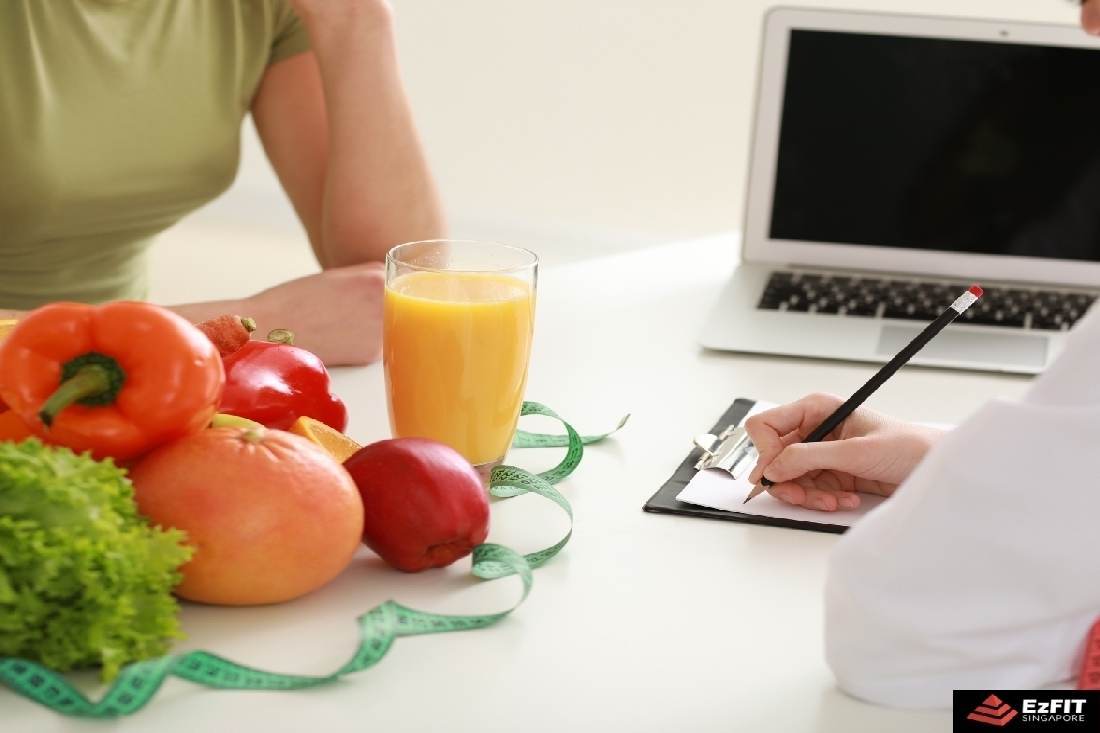What Is the Bristol Stool Chart?
Sometimes your bathroom strategy might not work as you want, especially when it comes to pooping. With regards to unloading the waste, it might get in and get out however, it is better if you can take a look every now and then to check out what is going on in the toilet. Most importantly, it depends on the texture, size and colour of the poop, which tells a lot about what is happening in your body. This depends on various other factors too.
Why You Need to Check Your Poop?
Keep in mind that it is necessary to check as it can easily help in identifying various issues. It means whether you are suffering from structural diseases, digestion issues, motility disorders, or any kind of adverse reaction or if there are any side effects of medications that you are using. Most doctors feel that the problem can be found out or identified. With the assistance of a super handy visual tool which is Bristol Stool Chart, you can easily diagnose what is going on.
Bristol Stool Chart – What It Is?
The chart is nothing but a scale that details major seven kinds of poop, which ranges from constipation (type- 1) to diarrhoea (type-7). Now the question that comes to your mind is why one needs to refer to such a thing. As per doctors or physicians this helps patients to communicate to their doctors regarding their bowel movements.
In addition of being used in the office of the doctor, this chart can even assist in the day-to-day checking of things related to digestion and digestive tract of the body. So, what is the goal. To ensure that your poop is like type 4.
As per physicians, a diet which is rich in fiber will have browner and formed stools which is similar to the type 4 of the chart. Now if your diet is simply low in water and fiber, then your poop will somewhat look like Type 3 or Type 1. However, you do really need to keep in mind that it is not just diet that affect the shape and colour of your poop.
Classification of Poop As Per Bristol Stool Chart
As per the Bristol Stool Chart, the stool samples are classified as per the shape and consistency. Based on that, it is assigned numbers from one to seven. The following are how they are classified –
- Type 1 – Separate hard lumps (this might be hard to pass)
- Type 2 – Lumpy which might seem like sausage shaped
- Type 3 – Sausage shaped which will be having cracks on the surface
- Type 4 – Sausage shaped or somewhat like snake shaped, which is smooth and soft
- Type 5 – Soft blobs which have clear-cut edges (this will be easy to pass)
- Type 6 – Fluffy pieces which have ragged edges, i.e. somewhat mushy
- Type 7 – Entirely liquid, somewhat watery, where there are no solid pieces
As per doctors, stools which are well formed and easy to pass (like the Type 3 and 4) are what is considered to be the ideal type. Stools which are quite hard and somewhat difficult to pass (which is Type 1 and Type 2) means constipation. Those patients who often report feeling of incomplete bowel movement, sometimes abdominal pain and bloating have such kind of bowel movement. You also need to keep in mind that constipation will lead to straining and even developing of haemorrhoids.
Stools which have more amount of liquid or is fully liquid means diarrhoea (which is type 5, 6,7). In such cases, the patient will often report of feeling urgency or the certain issue with their stool, in this point of scale. Also, keep in mind that prolonged diarrhoea will lead to undernourishment and dehydration.
There are other stool characteristics like frequency, volume, colour along with the presences of blood or mucous which need to be evaluated too. So, the result of the stool culture and assessments like the Rome criteria can be used along with the Bristol Stool Chart. This can provide the necessary clues regarding the diagnosis and the reasons for the gastrointestinal symptoms.
Why Doctors Use the Bristol Stool Chart?
Most doctors use the Bristol Stool chart to see if you have any symptoms related to bowel or if there are any changes to the stool in terms of its appearance or if the bowel habits consist of –
- Constipation
- Diarrhoea
- Diarrhoea which alternating with constipation
- Bloating and gas
- Abdominal cramps
- Fullness or nausea
- Greasy floating stool (which is the steatorrhea)
- Other symptoms which can suggest of malabsorption
Now keep in mind that the doctor will indulge you to provide samples of the stool. This is simply for visual inspection as well as for other kinds of tests. Sometimes you can be asked to check out the stool and even compare it with the Bristol Stool Chart. Even there can be chances that your doctor will just ask you regarding the bowel habits of yours when you are in his or her office.
Along with using the Bristol Stool Chart, there is even a chance that your doctor might ask how often you have bowel movements and if it is normal. Also, your doctor might ask you how you pass the stool (i.e. how much), its colour and smell. Even they might ask you whether it is getting flushed easily from the toilet bowl.
You really need to keep in mind that what might be normal bowel movement, might vary from one single person to another. And in this there are various factors you must consider for this bowel habits. Generally, the bowel habits of the person are considered to be regular if the bowel movement is somewhere between one to three times in a day to about three times in a week, where the bowel movement should be within half an hour of eating.
There are various factors which affect the bowel habits of an individual and this will even change each day. Some of the common reasons on how you can experience a change in the bowel habits are –
- Stress
- Diet
- Dehydration
- Travel
- Age-related changes
- Medications
- Illness (which is related to food poisoning or gastroenteritis)
- Activity level and exercises
- More serious conditions like colon cancer or inflammatory bowel disease
- Hormone related changes like pregnancy or menstruation
Signs of Healthy Bowel
A good bowel habit can be described by a regular bowel habits or normal bowel function. Most people assume bowel movements being regular however, this will be misunderstood as it simply means that you go to the toilet as it means that you are passing feces every day. Commonly, people will empty their bowel once a day even though it is normal to go more than one or less.
Now being regular it means that this is soft, and this will be well-formed bowel motions which can be easily passed. This will happen anywhere between one to three times in a day and sometimes to about three times in a week. You need to empty your bowel within 30 minutes after having the meal (which is commonly breakfast) and this will vary from one person to another.
Proper Bowel Function for Adults
As an adult, there is more than having a good bowel function, it really needs to be regular. What it basically means is that –
- Make sure to hold on for a short time when you really have the urge to go to the toilet. This way, it will allow you to have time to get there and even remove your clothing without having to accidentally discharge the feces.
- You need to pass the bowel motion within a minute of sitting in the toilet.
- Also, you need to ensure that the bowel motion is easy as well as pain-free. Here it means that you should not strain on the toilet or start to struggle while passing the bowel motion which can be sometimes hard as well as dry.
- When you pass the motion, you should make sure that you empty your bowel. You mustn’t need to go back to the toilet as soon as you finish.
- People who pass bowel motion at the wrong time or even at the wrong place might experience poor bowel control. It is faces is incontinence and sometimes you might pass wind when you might not want to.
It is common to suffer from poor bowel control. Frankly, about one in twenty individuals will be experiencing poor bowel control. This is not commonly talked about still both women and men have the chance of suffering from bad bowel control. This is very much common when you get old, still there are young people who suffer from poor bowel control. In addition, there are chances that people suffering from poor bowel control will also suffer from poor bladder control and can leak urine.
Good Bowel Function for Kids
Sometimes kids can develop the ability to go to toilet for bowel movement when they are three years of age. Soiling can only happen when the bowel is emptied at places besides the toilet. Sometimes a child may be toilet trained but he or she might occasionally soil in their underwear.
So, if any kid is unable to be toilet trained or is regular in bowel accidents after passing the age of three or four years, then they really need to get medically assessed. Also, if a kid is toilet trained and as the stage passes begins to soil, then they really need to get medical assessment.
Number of Kids Getting Soiled
It is common for kids to soil. Research shows that about 1% to 3% of children suffer from this issue and they might have the problem of wetting too. This is more common among boys. Also, you need to understand that the soiling will vary from making a skid mark to a larger amount which must be removed from the underwear, right before it is washed.
Reason Why Children Soil
In most of the cases, the soiling happens due to the lack of the proper emptying of the large bowel. It even shows that the kids are constipated. Frankly, constipation is very much common, and it present in about 25% of the kids. If this is not treated in the proper manner, then the bowel action will end up in becoming harder and sometimes less frequent. Over time, the stretching of the bowel will make it very much sensitive, making the child not feel like pooping when there is the need and it will lead to an accident.
Here there is a high chance that the hard poop will be present in the bowel, but the soiling will be soft runny poop which will leak around the hard mass. In the end it means that you won’t realize that the constipation is really an underlying issue.
Chances of Your Poop Colour Being Different
Besides being like the Type 4 given in the Bristol Stool Chart, there is even the possibility that a healthy poop will be in the colour of shade brown or even sometimes green. However, there are various factors on why your poop colour will change. Clay-coloured or pale ones is the sign of the issue with your liver or pancreas. If you have red or black stools, it might mean that you are suffering from gastrointestinal bleeding.
In addition, the colour change of your poop can happen because of the food you eat. Consuming blueberries will make the colour of your stool into deep blue, and if you are following a diet rich in beta carotene which is present in pumpkins, carrots, and squash, then the colour of the stool will be orange. Even the drinks or candies having excessive amount of food colouring will change the colour of the poop.
Conclusion
The shape of your stool will really help in analyzing whether you are suffering from any disease. By referring the Bristol Stool Chart, you might get a clear idea of how your stool and whether there is anything to worry about.




